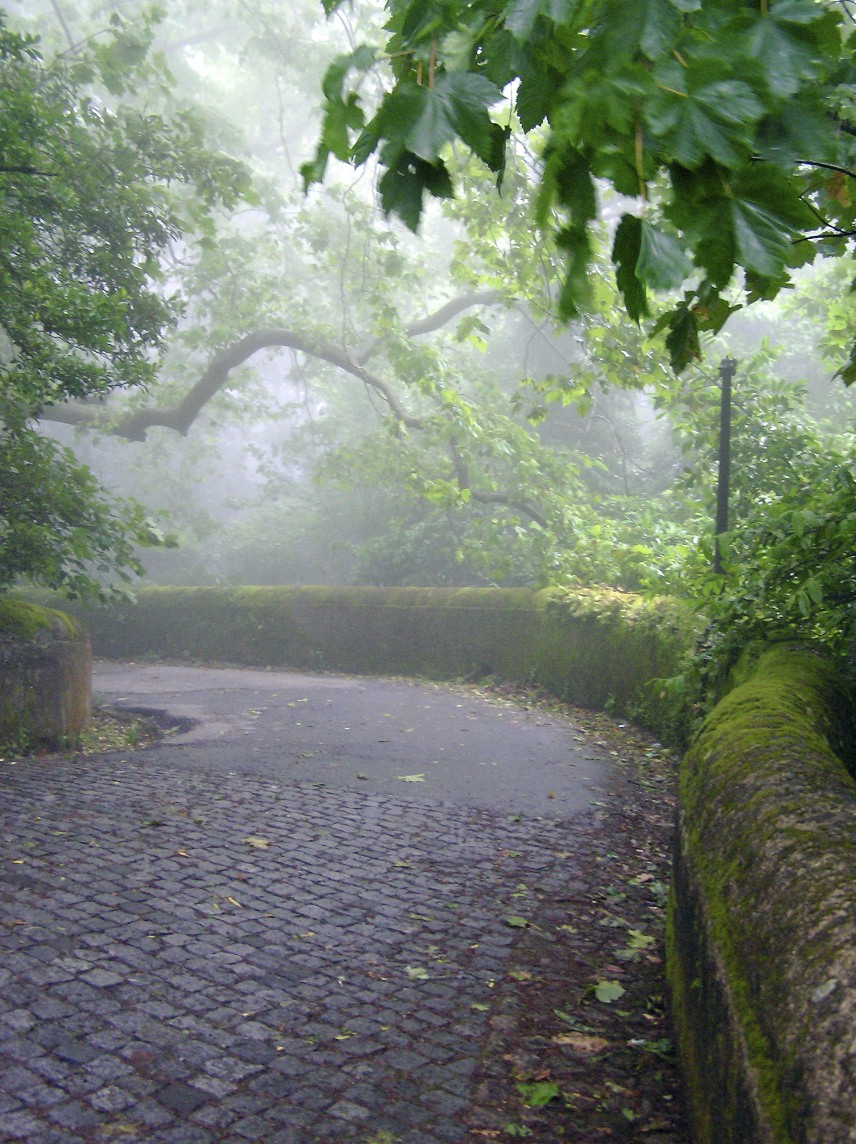
It is in the framing of Future Images within an historical context that we extract meaning and use this meaning to construct a barrier against the numinostic challenge of Death itself. It is at this point that Polak seems to be in agreement with Carl Jung (and Rudolph Otto) that Images are ultimately a matter of religion and theology. Images of the Future frame the very nature of life and death as a matter of the distinction between finite mortality (the current reality and world) and the wholly Other infinite and eternal Future.
Images and Locus of Control
Given this sense of the Future as being of an entirely different substance than anything in our current world, then how do we engage with and influence this Future? Polak addresses this question by distinguishing between images of the future that are based on an assumption of primary, irreversible essence and those based on an assumption concerning the capacity of human influence. Polak offers the following terms and draws the following distinctions. Essence-optimism and Essence-pessimism both assume that the future is not in human hands, but is instead in the hands of God, fate, nature, or some other external, powerful force. These images are aligned with what psychologists have identified as an external locus of control. Conversely, Influence-optimism and Influence-pessimism are directly aligned with an internal locus of control–the assumption being made that the future resides in the heads and hands of people (individually or collectively). Building on this distinction, Polak (1973, p. 17) concludes that:
. . . the most negative image of the future grows out of a combination of essence-pessimism and influence-pessimism. In this view of life chaos overrules cosmos from beginning to end, and man can do nothing except resign himself to the inevitable.
I have introduced the concept of external and internal locus of control in previous essays when describing and analyzing ways in which a potential for freedom are viewed by different members of a society. I suggest that both perspectives on control are required when building a society where true freedom reigns supreme. However, in considering this integrated and balanced perspective regarding locus of control, I am reminded of the powerful images of chaos that are exhibited in the Babylonian saga of Marduk and Tiamat (and replicated in the Old Testament stories of Noah’s ark and the great flood). This image is one where an external locus of control reigns supreme. Represented in the real world by the yearly flooding of the Tigris and Euphrates rivers of the fertile crescent in Mesopotamia, the mythic telling of a massive war between chaos (Tiamat) and order (Marduk) offers us a compelling (and numinostic) image of a Future that is completely outside our control. Our Future is an Other that allows us only to observe, narrate and become victims of outcomes produced by external forces that create our collective future. A similar flood of pessimism can be found in the narratives of Arendt, Lasch and many of the postmodernists I have cited.







